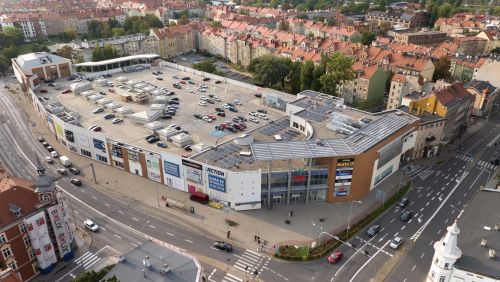The policies of the largest central banks combined with the expected economic revival, is driving the appetite for the risk connected with stock exchange investment. In the US and Germany the all-time highs of the indexes are not causing too much of a stir anymore, because there have already been a few since the beginning of 2013; however, the fact that the so-called emerging markets’ trading floors are now joining the group of growing indexes is something quite novel. Clearly investors have stopped paying attention to the threat of inflation, the appearance of which could spell the end of the era of expansiveness being practised by central banks. However, the choice of the Fed’s new head, Janel Yellen, who stated that the Fed was mostly there to serve the Americans, might yet mean that the era will continue for some time. This is being facilitated by much improved data from Europe and the lowering of tension over the situation in the Middle East. But the upward trend of th






























































